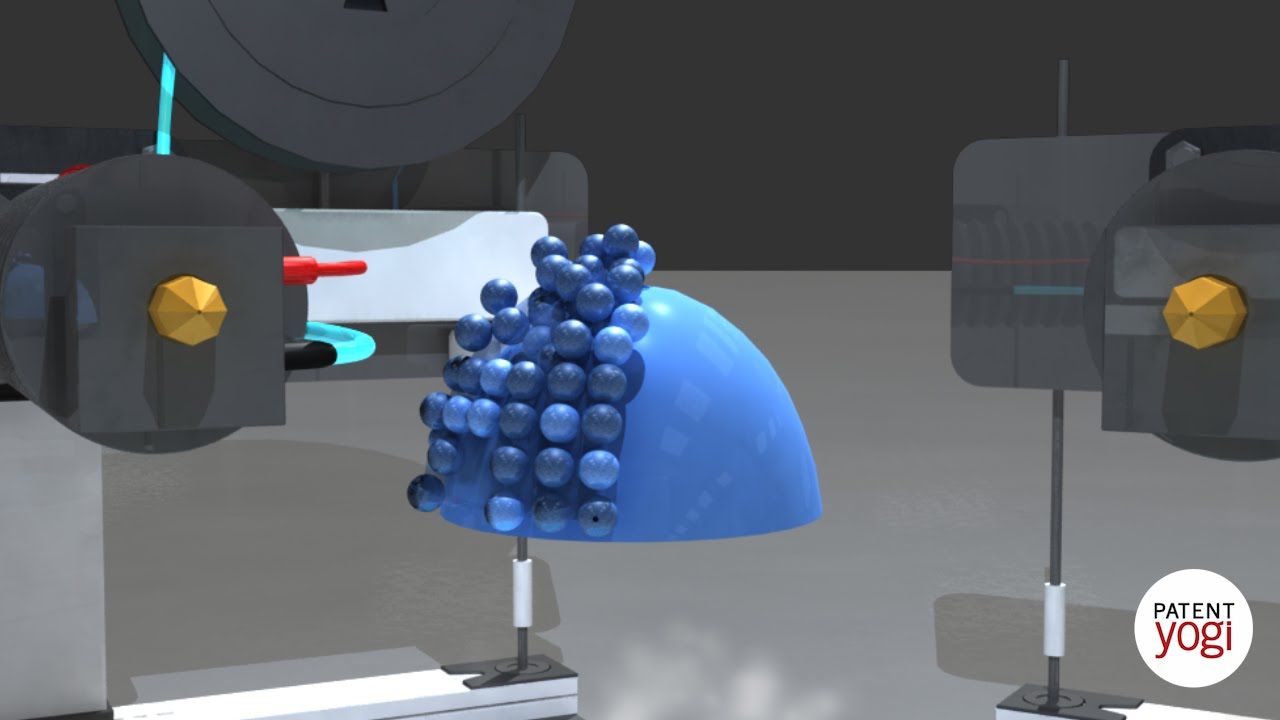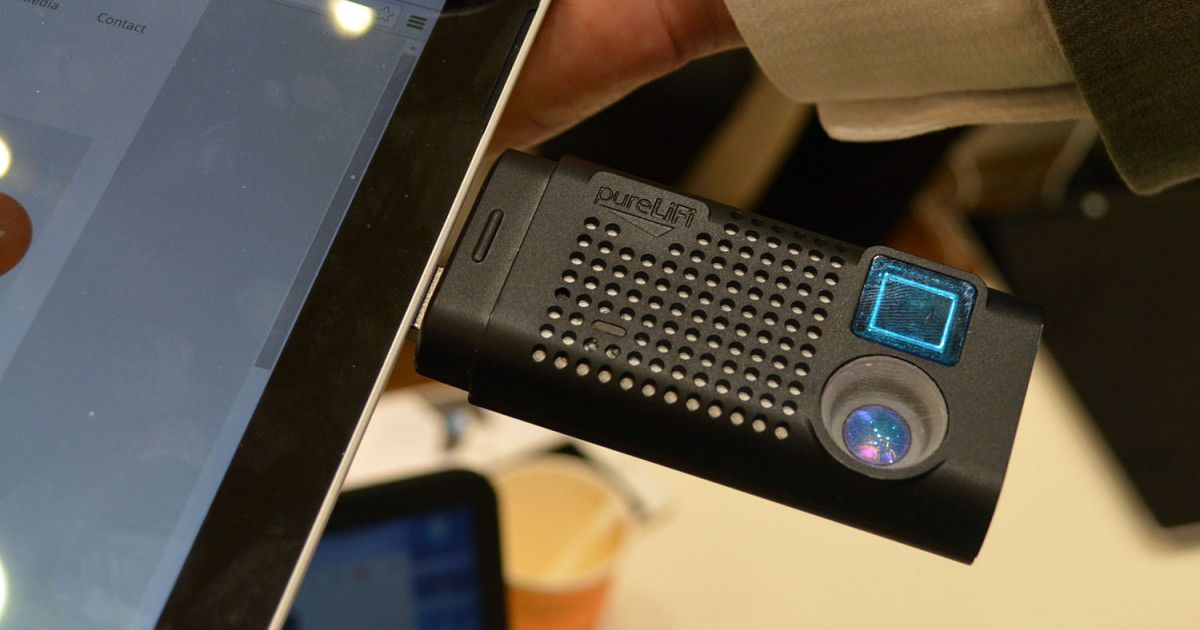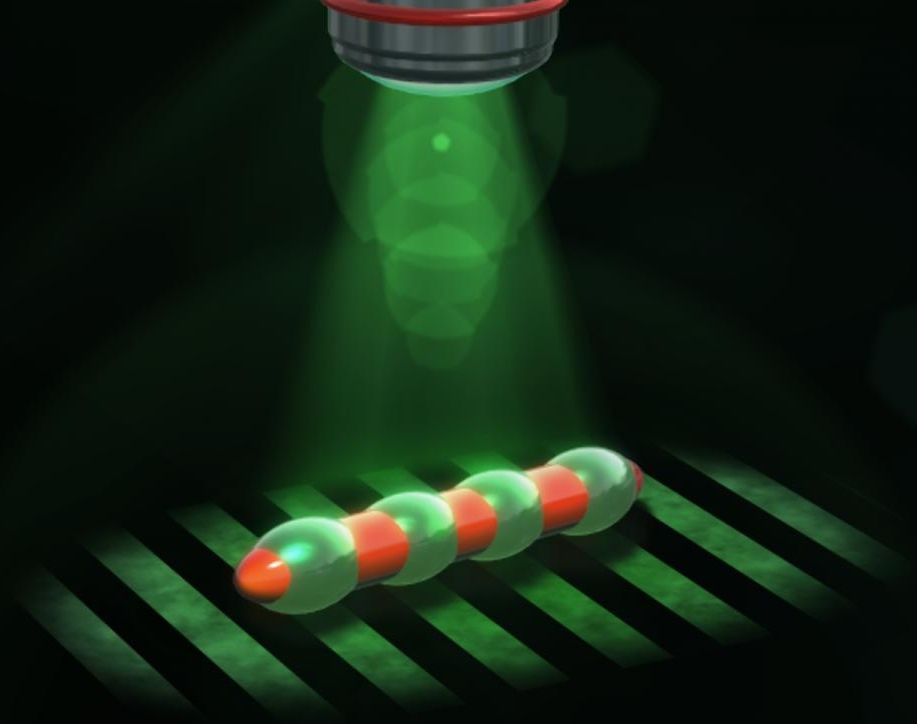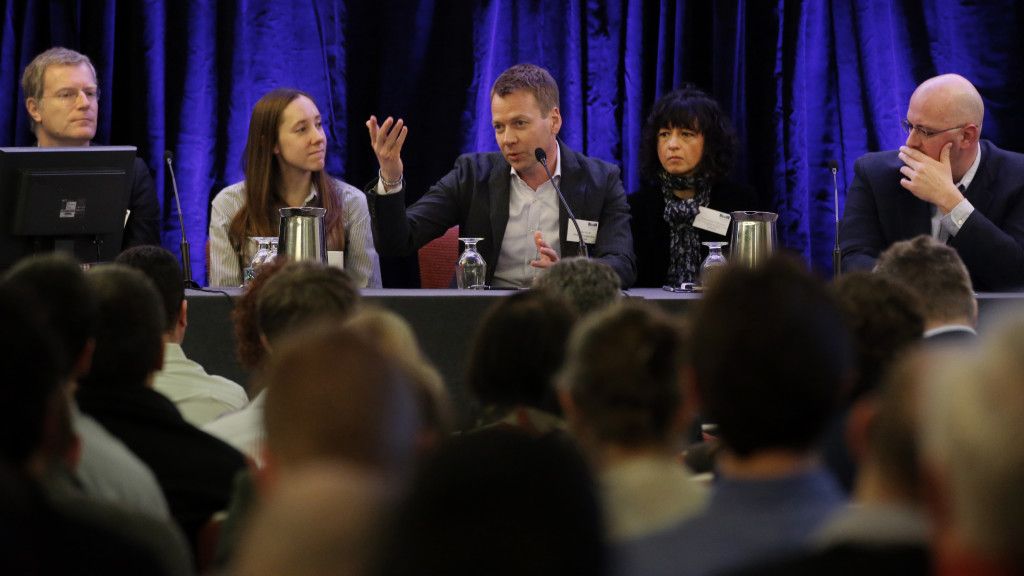Page 11671
Feb 26, 2016
A New Boeing Patent Describes Levitating 3D Printing
Posted by Klaus Baldauf in categories: 3D printing, futurism
Feb 26, 2016
We’ve seen the light! Li-Fi is the future of wireless connectivity
Posted by Klaus Baldauf in categories: futurism, internet
The promise of faster and more stable Internet access through our lights is really exciting. We got a demo of PureLiFi in action at MWC 2016 and talked with the COO about the future of this technology.
Feb 26, 2016
Here’s how we could build a colony on an alien world
Posted by Julius Garcia in categories: alien life, habitats, solar power, space travel, sustainability
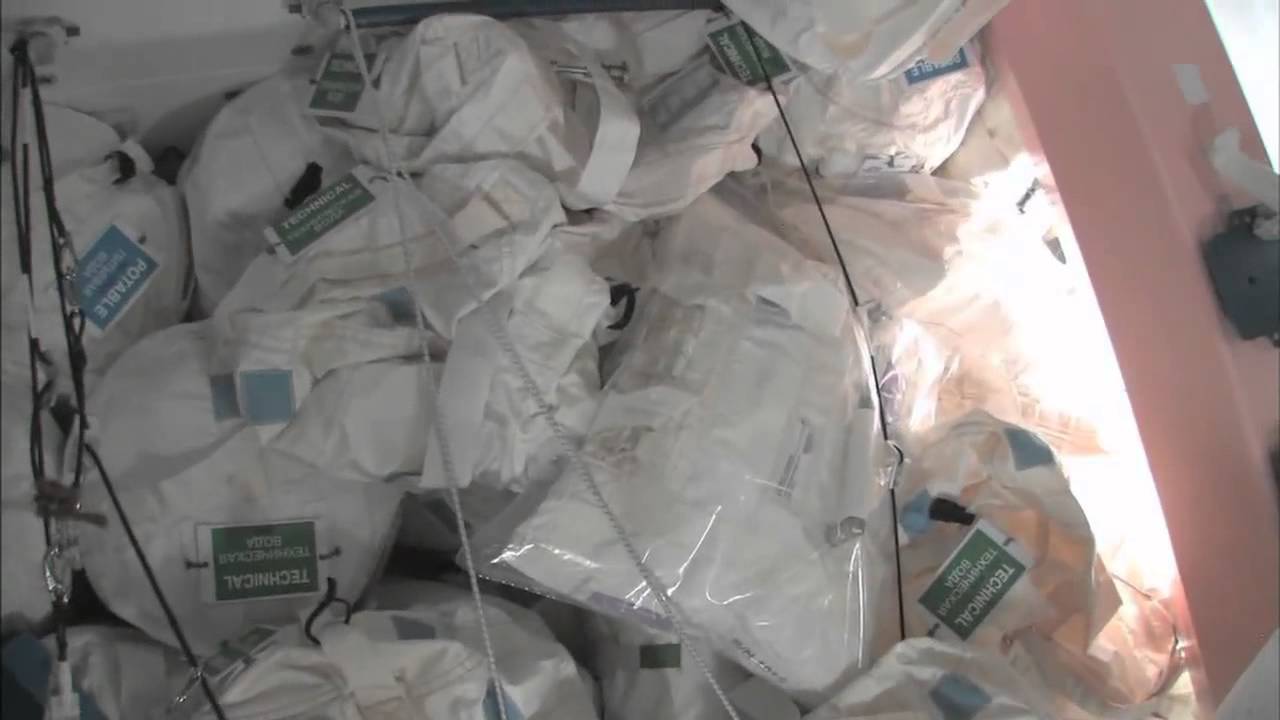
If the human race is to survive in the long-run, we will probably have to colonise other planets. Whether we make the Earth uninhabitable ourselves or it simply reaches the natural end of its ability to support life, one day we will have to look for a new home.
Hollywood films such as The Martian and Interstellar give us a glimpse of what may be in store for us. Mars is certainly the most habitable destination in our solar system, but there are thousands of exoplanets orbiting other stars that could be a replacement for our Earth. So what technology will we need to make this possible?
Continue reading “Here’s how we could build a colony on an alien world” »
Feb 26, 2016
Microrobots learn from ciliates
Posted by Klaus Baldauf in categories: biotech/medical, chemistry, materials, robotics/AI
Ciliates can do amazing things: Being so tiny, the water in which they live is like thick honey to these microorganisms. In spite of this, however, they are able to self-propel through water by the synchronized movement of thousands of extremely thin filaments on their outer skin, called cilia. Researchers from the Max Planck Institute for Intelligent Systems in Stuttgart are now moving robots that are barely perceptible to the human eye in a similar manner through liquids. For these microswimmers, the scientists are neither employing complex driving elements nor external forces such as magnetic fields. The team of scientists headed by Peer Fischer have built a ciliate-inspired model using a material that combines the properties of liquid crystals and elastic rubbers, rendering the body capable of self-propelling upon exposure to green light. Mini submarines navigating the human body and detecting and curing diseases may still be the stuff of science fiction, but applications for the new development in Stuttgart could see the light-powered materials take the form of tiny medical assistants at the end of an endoscope.
Their tiny size makes life extremely difficult for swimming microorganisms. As their movement has virtually no momentum, the friction between the water and their outer skin slows them down considerably — much like trying to swim through thick honey. The viscosity of the medium also prevents the formation of turbulences, something that could transfer the force to the water and thereby drive the swimmer. For this reason, the filaments beat in a coordinated wave-like movement that runs along the entire body of the single-celled organism, similar to the legs of a centipede. These waves move the liquid along with them so that the ciliate — measuring roughly 100 micrometres, i.e. a tenth of a millimetre, as thick as a human hair — moves through the liquid.
“Our aim was to imitate this type of movement with a microrobot,” says Stefano Palagi, first author of the study at the Max Planck Institute for Intelligent Systems in Stuttgart, which also included collaborating scientists from the Universities of Cambridge, Stuttgart and Florence. Fischer, who is also a Professor for Physical Chemistry at the University of Stuttgart, states that it would be virtually impossible to build a mechanical machine at the length scale of the ciliate that also replicates its movement, as it would need to have hundreds of individual actuators, not to mention their control and energy supply.
Feb 26, 2016
Lifespans Are Long Enough
Posted by Matt Johnstone in categories: health, life extension
Watch our GHPI fellow Brian Kennedy, the President and CEO of The Buck Institute for research on aging along side Aubrey de Grey debating if lifespans are long enough.
Watch here: http://intelligencesquaredus.org/debates/past-debates/item/1…ong-enough
And don’t forget to let congress know that healthy lifespans are not long enough: http://tame.healthspanpolicy.org/
Feb 26, 2016
Israel startup SkyFi gets $3M to spread internet globally
Posted by Klaus Baldauf in categories: internet, satellites
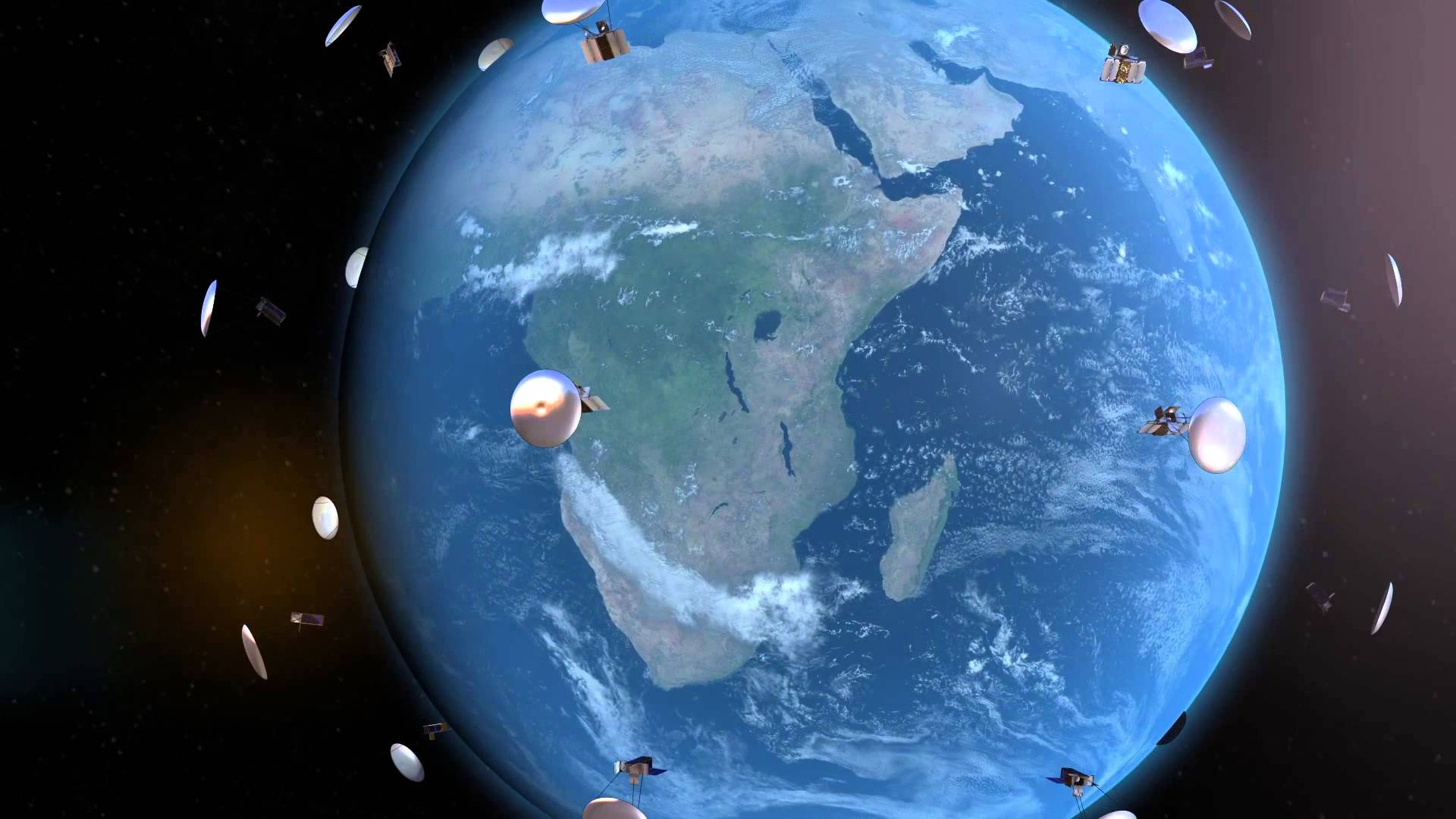
https://youtube.com/watch?v=W0YgV1TgnF8
“We think the only way to effectively connect people all over the world is through satellites.”
![]()
![]() Gedalyah Reback 23 hours ago.
Gedalyah Reback 23 hours ago.
Continue reading “Israel startup SkyFi gets $3M to spread internet globally” »
Feb 26, 2016
Australian surgeon inserts 3D-printed vertebrae in world-first
Posted by Julius Garcia in categories: 3D printing, biotech/medical
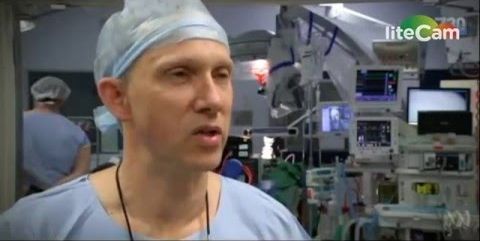
https://www.youtube.com/watch?v=deCY0_Zveeg&feature=youtu.be
An Australian neurosurgeon has completed a world-first marathon surgery removing cancer-riddled vertebrae and successfully replacing them with a 3D-printed body part.
Feb 26, 2016
In CRISPR patent case, all eyes turn to the judge
Posted by Montie Adkins in category: biotech/medical
And it begins.
Judge Deborah Katz, a former scientist, is presiding over the case of who holds the key intellectual property rights for CRISPR.
Feb 26, 2016
NASA Planning To Send HAVOC Airships To Venus
Posted by Klaus Baldauf in categories: engineering, space travel
We’ve talked a lot about sending people to Mars, but what about Earth’s sister? NASA engineering are planning to send HAVOC airships to Venus.

